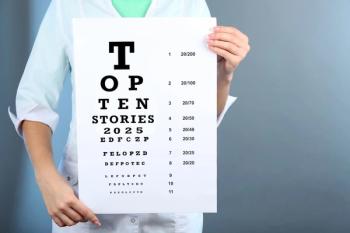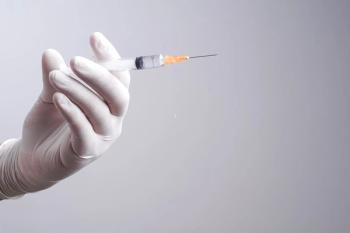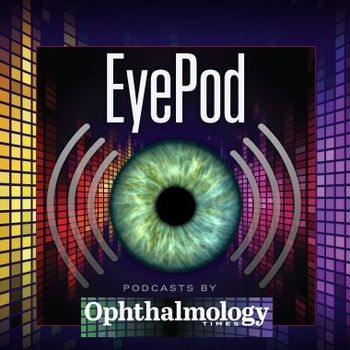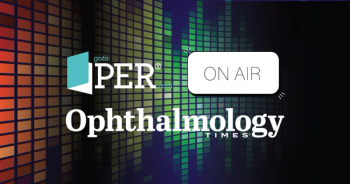
Balwantray C. Chauhan, PhD, explores in vivo functional imaging of single retinal ganglion cells with two-photon imaging
Key Takeaways
- Current RGC viability measurements show significant variability, necessitating more precise estimation methods like single-cell imaging.
- Two-photon microscopy enables high-resolution imaging of RGCs in vivo without causing photodamage, using low laser power levels.
At the 2025 International SPECTRALIS Symposium—And Beyond (ISS), Chauhan discussed how two-photon microscopy enables precise, non-invasive monitoring of retinal ganglion cell function in living subjects.
Balwantray C. Chauhan, PhD, presented recent research focused on improving the precision of retinal ganglion cell (RGC) viability measurements at the 2025 International SPECTRALIS Symposium—And Beyond (ISS), held June 13–14 in Heidelberg, Germany.1
Chauhan’s talk emphasized the limitations of current imaging techniques and introduced innovative approaches, such as in vivo two-photon microscopy, to track individual RGC function over time. Chauhan is the Mathers Professor and Research Director, Departments of Ophthalmology and Visual Science, Medical Neuroscience, and Physiology and Biophysics, at Dalhousie University in Halifax, Nova Scotia, Canada.
Following his presentation, Chauhan spoke with the Eye Care Network to highlight key insights from his work and explore how these emerging technologies could transform clinical diagnostics and our understanding of retinal neurodegeneration.
Could you share the main insights or conclusions from your presentation? What should the audience take away as the key message?
Balwantray C. Chauhan, PhD: Our current measurements of retinal ganglion cell (RGC) viability are only rough estimates. Research in experimental non-human primates has shown that there can be up to a two-fold variation in the number of RGC axons for a given retinal nerve fiber layer (RNFL) thickness, while conversely, the same RNFL thickness in two subjects can contain a two-fold variation in the number of RGC axons. Hence, there is need for more precise means to estimate RGC viability. Single cell imaging in one such approach where tracking of the number of functionally viable RGCs in the same subject can be monitored over time.
How does two-photon microscopy enable high-resolution functional imaging of individual retinal ganglion cells in vivo without causing photodamage?
Chauhan: Our studies have shown good results with low two-photon (2P) laser levels - in the order of 3-8 mW. We are not able to demonstrate retinal damage at this power. While our experiments are limited to experimental animals, there are other investigators who have successfully carried out 2P imaging in humans without demonstrable phytotoxic damage. However, additional work must be done to ensure that the levels are safe for the broader population.
What are the key challenges in targeting and recording the activity of single retinal ganglion cells in a living organism, and how does two-photon imaging address these challenges?
Chauhan: One of the largest challenges is introducing a fluorescent reporter into the RGCs so that when evoked visually with a range of stimuli, it can give us a characteristic response. Because this fluorophore is exogenous, it must be introduced into the host via viral transduction. We use an adenoids associated virus to do this. This is a relatively safe method as these viruses are episomal, in other words, the transgene carried by the virus does not integrate within the host DNA. The 2P imaging allows us to record from RGCs with invisible light while the photoreceptors are stimulated with visible light with another light source. These two sources of stimulation must be decoupled.
What insights into retinal ganglion cell function or neural circuitry can be gained from in vivo two-photon imaging that are not accessible through traditional ex vivo or electrophysiological methods?
Chauhan: Ex vivo methods for recording from RGCs include electrophysiology using patch clamping or multi-electrode array techniques. While these can provide single cell information, it is important to recognize that these RGCs, while in intact isolated retinas, have been axotomized. Hence, we cannot be sure whether recordings truly reflect what occurs in vivo. While in vivo electrophysiology can provide signals originating from RGCs, this is a relatively gross signal.
Reference
Chauhan B. In vivo functional imaging of single retinal ganglion cells with two-photon imaging. Presented at: 2025 International SPECTRALIS Symposium—And Beyond; June 13-14, 2025; Heidelberg, Germany.
Newsletter
Don’t miss out—get Ophthalmology Times updates on the latest clinical advancements and expert interviews, straight to your inbox.













































